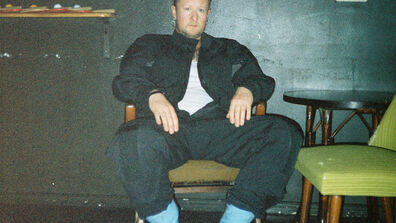
Image Courtesy of Guadalupe Rosales, Photo by Michael Oliver.
The Future of Art Is Flexible: 10 Years of SAIC’s Low-Res MFA
As the School of the Art Institute of Chicago (SAIC) Low-Residency MFA Program (Low-Res MFA) marks its 10th anniversary, its unique structure continues to combine flexibility with rigor and deep artistic engagement. Over three consecutive summer sessions in Chicago, students immerse themselves in seminars, colloquia, and studio visits, while spring and fall semesters are dedicated to remote work, supported by online courses and one-on-one advising. The program culminates in a public thesis exhibition, encouraging artists to push the boundaries of their practice within a collaborative community.
To celebrate this milestone, we spoke with two alums from the program's first and most recent cohorts, Guadalupe Rosales (MFA 2016) and Andrea Bruce (MFA 2024), who both credit the program's flexible rigor with shaping their distinct practices.
Guadalupe Rosales (MFA 2016)
Rosales, a Los Angeles–based multidisciplinary artist, addresses the erasure of Latine communities in Southern California through her archival projects Veteranas and Rucas and Map Pointz, using multimedia, and community collaborations to evoke memory.
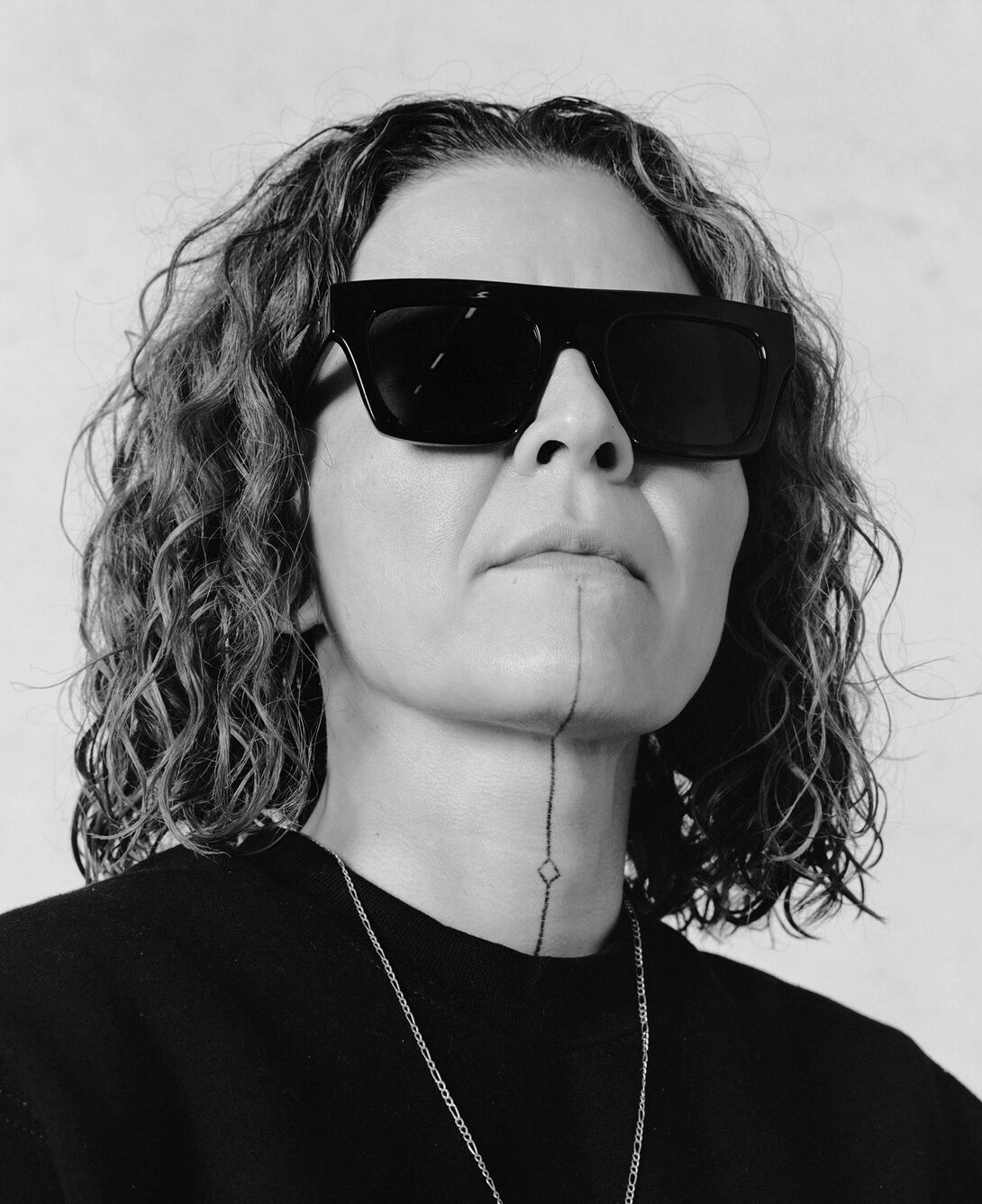
Photo Courtesy of Guadalupe Rosales
What do you see as the Low-Res Program’s biggest assets?
When I applied to the program, I knew I needed to immerse myself in an environment where different types of thinkers, backgrounds, mediums, and practices converged. The Low-Res program offers that—there’s space for exploration, whether it’s photography, archives, or scholarship. One of the biggest assets is the visiting artists. They bring a cross-pollination of ideas and experiences, and I developed new and old relationships through that.
Was there a specific professor or resource within the School that influenced or changed your practice greatly?
[Inaugural Director of the Low-Res MFA Program] Gregg Bordowitz had a huge influence on my practice. His way of thinking opened me up to new ways of seeing art as not just a practice but a way to amplify voices and create space for stories that aren't often told. Knowing his work, especially how he started ActUp and used poetry and writing, felt urgent. His approach to creating spaces and telling difficult histories through art was transformative. The idea of the archive and its relationship to art took on a new dimension for me during his class. Writing became an essential part of my art-making process—it goes hand in hand with materializing history through storytelling.
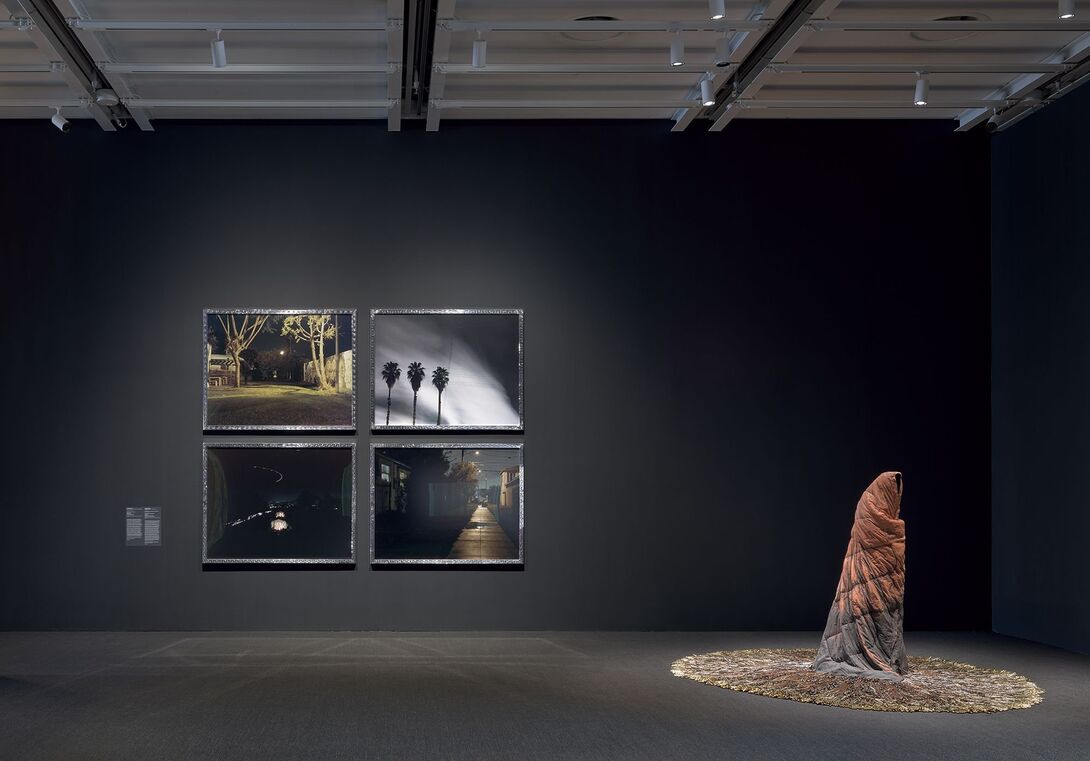
Image Courtesy of Guadalupe Rosales
How did you go about strategizing, experimenting, and making during the Low-Res Program? What kinds of art did you create?
During my first year, I committed to making the most out of every resource available. Even if I didn’t end up using certain mediums, experimenting with them—whether it was checking out a 6mm camera or diving into screen printing—still informed my overarching themes and aesthetics. For the thesis show, I created an installation centered around the archive, showing my work in analog formats that felt true to my practice.
Andrea Bruce (MFA 2024)
Bruce, a conflict photographer and educator with clients like National Geographic and the New York Times, merges art and journalism to explore democracy and the social impacts of war.
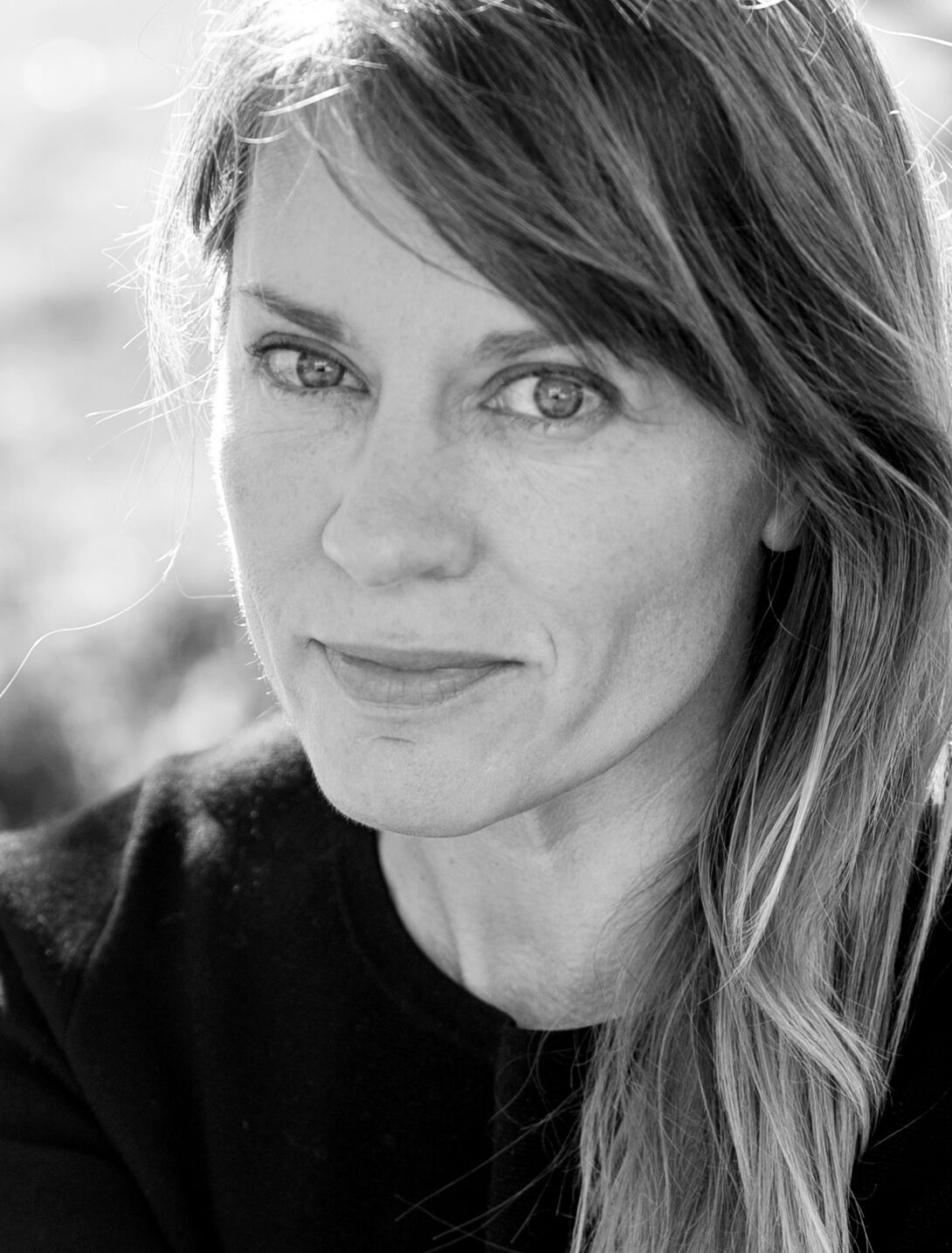
Image Courtesy of Andrea Bruce
Why did the Low-Res Program draw you to SAIC?
In the program, we are all so many things, including sculptors, photographers, parents, and teachers. We all have this common understanding of poetics and theory, which creates a common language and brings us together. Being a program of mostly mid-career artists with ages running from mid-20s all the way up to 50s, it is often an intensive rediscovery of our art practices.
It allows you to bring your experiences, which for me include having a family, being a photographer, and a teacher. It gave myself and a lot of people opportunities that we probably wouldn’t be able to have. I couldn’t leave my family for three years doing MFA programs elsewhere, which is why this intensive summer structure works so well for me and so many people.
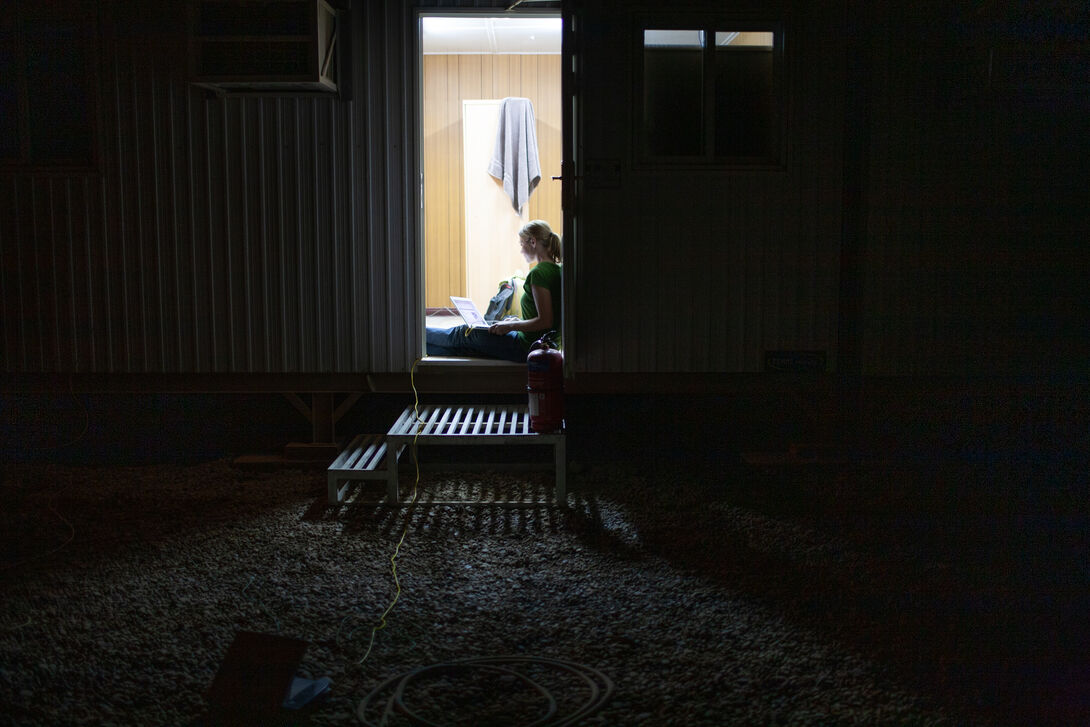
Image Courtesy of Andrea Bruce
As a part of that rethinking, I began to explore the 280 Metal Shop and fell in love with it. For the Low-Res Exhibition, the artwork I exhibited was a metal sculptural installation in which I layered the photos onto rectangular pieces of metal, which hung from the ceiling. The layered photos are so close together that the viewer really has to work to view the photos. It blurs the boundaries between art, activism, and journalism, centering a research-driven critique of how images convey knowledge.
What resources influenced you while in the program?
Having the Art Institute of Chicago museum at my disposal during the program has been influential in terms of just the wide breadth of art you’re able to see. Two professors that were extremely influential to me were Professor, Adj. Kelly Kaczynski and Associate Professor Jenny Lee. Kelly was a big part of the reason I even applied to the program at all. I had a five-minute online Zoom critique with Kelly, and the feedback I received during that five minutes blew my mind. She has such a different background and skill set within sculpture. She helped me develop the skills to critique productively and also provided me with a whole new lens to view my work. Jenny Lee taught a class in art history called Asia as Method and our minds were blown every single class. To the point where there was an optional extra 40 minutes after each class and everyone would stay.
How did you go about strategizing, experimenting, and making while studying in the Low-Res Program?
In between the intensive schedule of classes, readings, and lectures, I utilized this time to reflect on my career as a conflict photographer. For the past 20 years I’ve taken thousands of photos, some of which would be featured in the New York Times and National Geographic or wherever, but I hadn’t had time to rethink what that archive of text and images means to me and to this contemporary moment.
